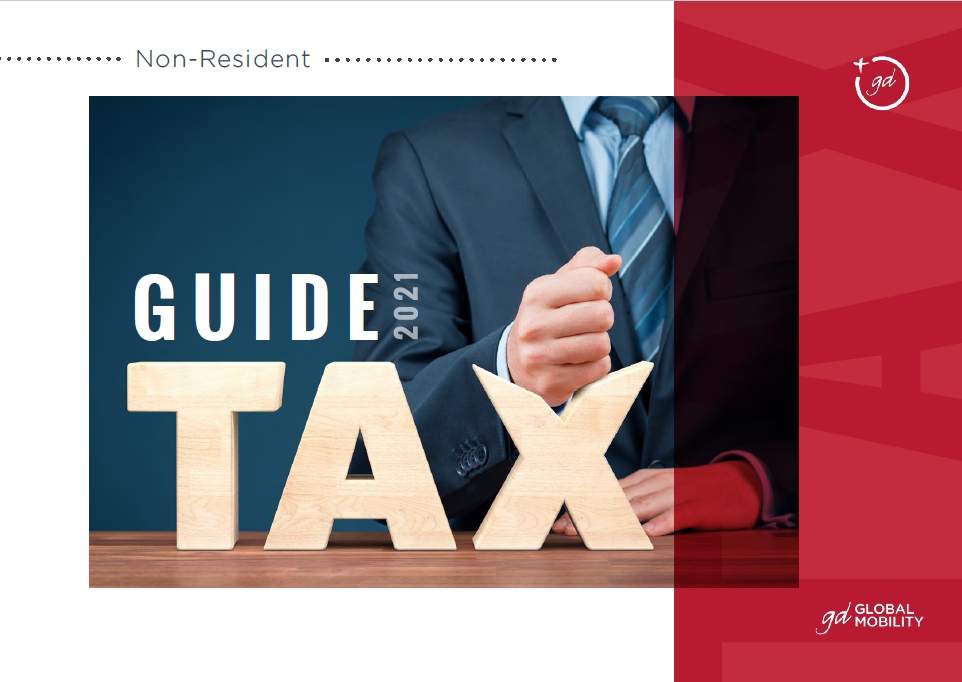
In order to improve the effectiveness and efficiency of controls at the external borders of the Schengen area, a centralized Entry/Exit System (EES) for third-country nationals crossing European Union borders for a short stay is planned for 2024.
1) What will the EES be like and of what will it consist?
The EES will be an automated computerized mechanism used to register the entry and exit of third-country nationals at the external borders and will apply to people who require a short-stay visa and those who do not need a visa.
The system is replacing the present one that:
- Requires a lot of time when manually stamping passports;
- provides no reliable data on border crossings;
- fails to effectively detect people who have exceeded their authorized period of stay.
Specifically, the EES system will register and store the date, time and place of entry and exit of third-country nationals crossing European Union borders. The system will automatically calculate the length of authorized stay of third-country nationals and trigger alerts to EU Member States when the authorized stay has ended.
In other words, this new system replaces the obligation to stamp the passports of third-country nationals, which applies to all Member States, to ensure smarter borders through the automation of visitor controls.
2) To which citizens does the EES apply?
- It will apply to citizens crossing the external borders of the Schengen area who are subject to visa requirements, including those who are exempt and are admitted for a stay of up to 90 days within a 180-day period.
- The system will also record data on third-country nationals who have been refused entry for a short-term stay.
3) For how long will data be stored in the EES?
Data relating to identity and travel documents will be kept for 3 years for travelers who comply with the short-stay rules, and for 5 years for those who have exceeded the authorized period of stay.
These data will be accessible to the border authorities, visa issuing authorities, and those responsible for monitoring whether a third-country national meets the conditions for entry or residence.
4) What makes it different from ETIAS?
ETIAS* is travel authorization for those countries that are exempt from visa requirements, whereas the EES is a system that will control the entry and exit of third-country nationals.
*Implementation of the system has been delayed to 2025
5) ✅ Do you need help with a visa?
If you need advice about migratory procedures, which visa you should have or which may be your best option, at Gesdocument we will be happy to help you and give you the best solution to your needs.



